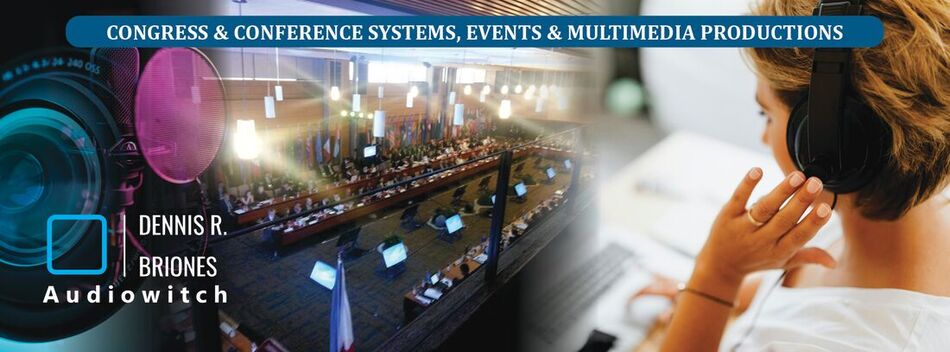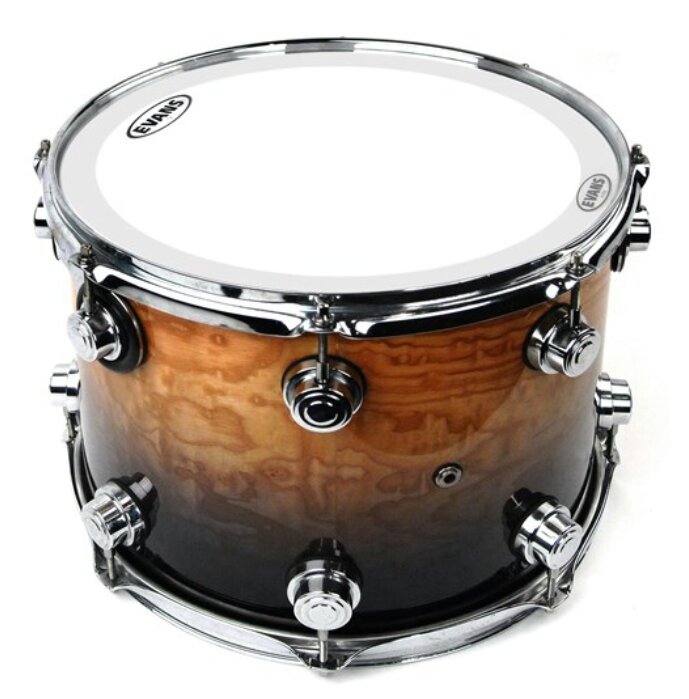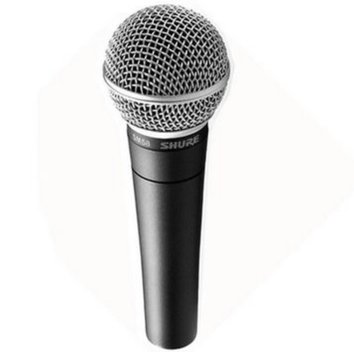At times, drum overtones can become a nightmare not only for the drummer but the whole band, sound engineer to the extent of the listening crowd as well. Although, overtones and sustain seem to go hand in hand, it can be annoying when there is too much but also makes your drum sound dull when totally killed. So, where to we draw the line?
Drums and drumming most times is subject to preference so it is hard to pinpoint what is really right or wrong because thereˊs almost none. Instead, drums can be judged by whatever sounds good or bad, but then again, subject to preference.
Usually, it is wise to dampen or lessen overtones as much as possible because the notes from these overtones actually messes with the whole mix to the point that a song being played could sound out of tune. There are three basic ways to dampen drum overtones: first is by using the drum key, second is by placing a ring damper and third is by using masking tape and tissue paper. Although one can also tackle experimenting with room acoustics which does work, for now we discuss what would be the basic and immediate ways a drummer can use.
With the drum key, you need to adjust the bottom sides first or opposite the skins that you hit, called resonant skins or snare side skin for the snare. It should be adjusted just tight enough so that it can still have flexibility to move or resonate. After that, you go on to the batter side and adjust it according to your preferred note. Now, when you hear and think that itˊs got an intrusive overtone, try tightening or loosening the resonant side until you hear the overtone become weaker without losing your desired note. After that, adjust only one lug on the batter side while hitting the drum. Slowly loosen that lug until you the overtone is gone or at least minimal. It is important that you adjust only one lug.
For the second option, you can buy a ring damper which is actually the same material as the drum skins cut like a donut. Dampers are available in different sizes and usually it can solve drum overtone problems easily just by placing them on top of a drum. Although for some instances using dampers can become too much that it ruins the drumˊs natural sound, most times it works fine which is why as a drummer, I always bring dampers for the snare, tom 1, tom 2 and floor tom and use them depending on how the room acoustics affect the drum sound. This is a rule of thumb for drums or any music source for that matter: Same equipment and same players, set up at different rooms or venues equates to different sound each time.
Now letˊs go to what seems to be a more barbaric solution by using adhesive tapes and tissue paper. As crude as this may sound, this works on the same principle as the ring dampers that you can buy but actually more efficient. Yes, efficient because you actually have control of just how much damping you need to apply to achieve minimal overtone nuisance but enough sustain. Just make sure that your are using soft tissue and adhesive or masking tape that really sticks.
Although most times, our concern is to kill overtones, there are actually instances that we need them and some artists that want them.
I, in particular, love overtones as long as they are in tune. Of course this would depend on the Key scale of a particular song you are performing so using overtones is best used inside the controlled environment of a recording studio but not recorded when playing multiple songs of different keys in a live performance. I actually started using overtones for recorded work by accident. I was on a studio session run and my drum track had this terrible overtone on the toms which was colliding with the other instruments. I was struggling to lessen the overtones without sacrificing natural sustain since the song seems to ask for it. Our sound engineer recommended that I tune the whole kit to a scale within the key of the song and I did so with reference to a keyboard. It was a tedious task since unlike a guitar where you only turn one knob to tune, a snare or tom would has 12 to 16 lugs. After more than an hour of tinkering and tuning the kit, we were ready so we did another take, but this time, we did not dampen the drums to kill the overtones and instead highlighted it. It was amazing! The drumkit produced loud powerful notes with overtones which blended well with the mix. I was blown away and my perception of drum overtones totally changed after that.
Summary tip of the day: Drum overtones can be a nightmare which you may want to kill but it can also be your friend; the key is knowing the difference.
Drums and drumming most times is subject to preference so it is hard to pinpoint what is really right or wrong because thereˊs almost none. Instead, drums can be judged by whatever sounds good or bad, but then again, subject to preference.
Usually, it is wise to dampen or lessen overtones as much as possible because the notes from these overtones actually messes with the whole mix to the point that a song being played could sound out of tune. There are three basic ways to dampen drum overtones: first is by using the drum key, second is by placing a ring damper and third is by using masking tape and tissue paper. Although one can also tackle experimenting with room acoustics which does work, for now we discuss what would be the basic and immediate ways a drummer can use.
With the drum key, you need to adjust the bottom sides first or opposite the skins that you hit, called resonant skins or snare side skin for the snare. It should be adjusted just tight enough so that it can still have flexibility to move or resonate. After that, you go on to the batter side and adjust it according to your preferred note. Now, when you hear and think that itˊs got an intrusive overtone, try tightening or loosening the resonant side until you hear the overtone become weaker without losing your desired note. After that, adjust only one lug on the batter side while hitting the drum. Slowly loosen that lug until you the overtone is gone or at least minimal. It is important that you adjust only one lug.
For the second option, you can buy a ring damper which is actually the same material as the drum skins cut like a donut. Dampers are available in different sizes and usually it can solve drum overtone problems easily just by placing them on top of a drum. Although for some instances using dampers can become too much that it ruins the drumˊs natural sound, most times it works fine which is why as a drummer, I always bring dampers for the snare, tom 1, tom 2 and floor tom and use them depending on how the room acoustics affect the drum sound. This is a rule of thumb for drums or any music source for that matter: Same equipment and same players, set up at different rooms or venues equates to different sound each time.
Now letˊs go to what seems to be a more barbaric solution by using adhesive tapes and tissue paper. As crude as this may sound, this works on the same principle as the ring dampers that you can buy but actually more efficient. Yes, efficient because you actually have control of just how much damping you need to apply to achieve minimal overtone nuisance but enough sustain. Just make sure that your are using soft tissue and adhesive or masking tape that really sticks.
Although most times, our concern is to kill overtones, there are actually instances that we need them and some artists that want them.
I, in particular, love overtones as long as they are in tune. Of course this would depend on the Key scale of a particular song you are performing so using overtones is best used inside the controlled environment of a recording studio but not recorded when playing multiple songs of different keys in a live performance. I actually started using overtones for recorded work by accident. I was on a studio session run and my drum track had this terrible overtone on the toms which was colliding with the other instruments. I was struggling to lessen the overtones without sacrificing natural sustain since the song seems to ask for it. Our sound engineer recommended that I tune the whole kit to a scale within the key of the song and I did so with reference to a keyboard. It was a tedious task since unlike a guitar where you only turn one knob to tune, a snare or tom would has 12 to 16 lugs. After more than an hour of tinkering and tuning the kit, we were ready so we did another take, but this time, we did not dampen the drums to kill the overtones and instead highlighted it. It was amazing! The drumkit produced loud powerful notes with overtones which blended well with the mix. I was blown away and my perception of drum overtones totally changed after that.
Summary tip of the day: Drum overtones can be a nightmare which you may want to kill but it can also be your friend; the key is knowing the difference.



 RSS Feed
RSS Feed
